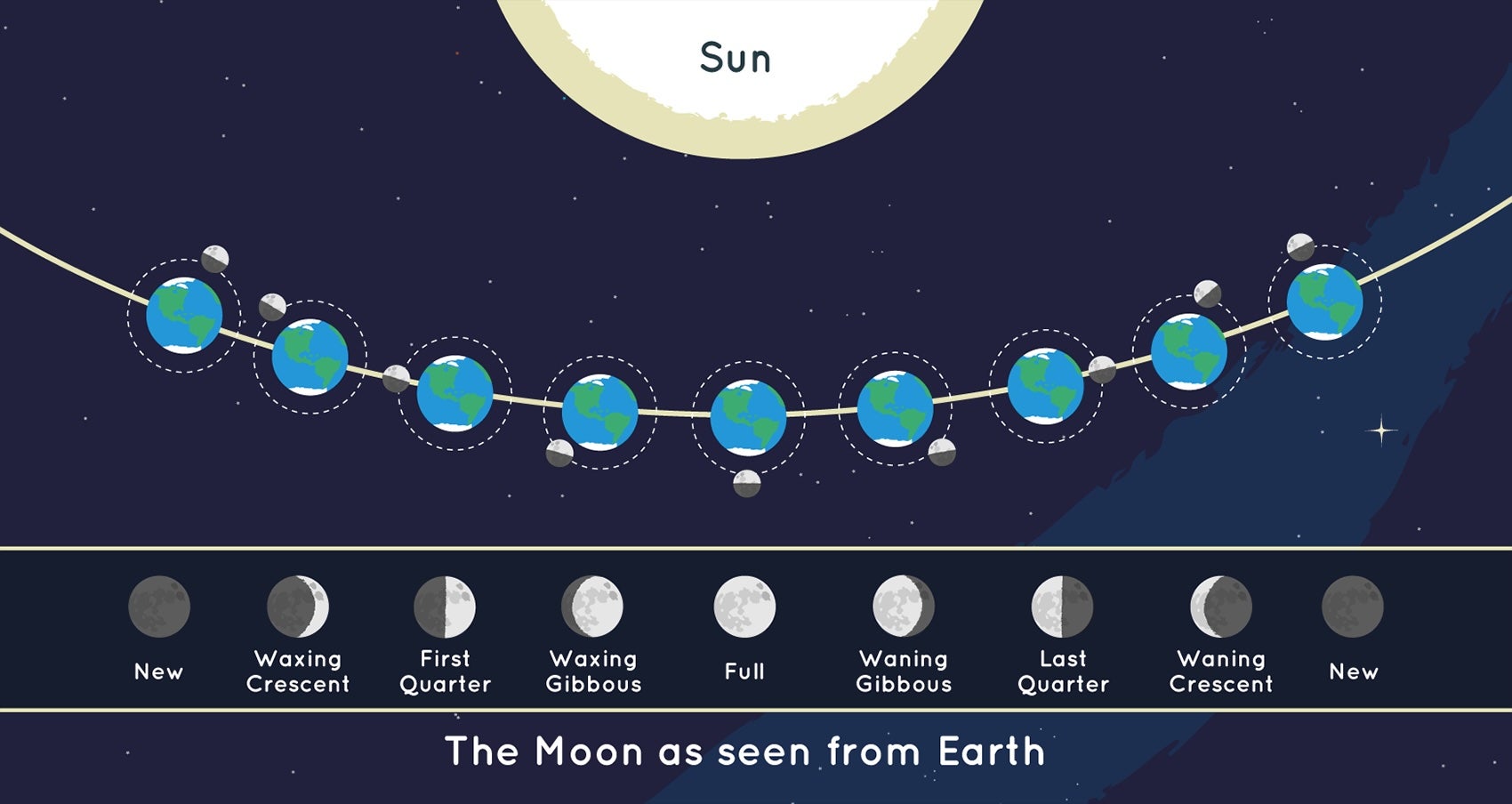Once in a ‘black moon’? What to know about this upcoming celestial spectacle
Like all new moons, black moons are invisible to the human eye
Your support helps us to tell the story
From reproductive rights to climate change to Big Tech, The Independent is on the ground when the story is developing. Whether it's investigating the financials of Elon Musk's pro-Trump PAC or producing our latest documentary, 'The A Word', which shines a light on the American women fighting for reproductive rights, we know how important it is to parse out the facts from the messaging.
At such a critical moment in US history, we need reporters on the ground. Your donation allows us to keep sending journalists to speak to both sides of the story.
The Independent is trusted by Americans across the entire political spectrum. And unlike many other quality news outlets, we choose not to lock Americans out of our reporting and analysis with paywalls. We believe quality journalism should be available to everyone, paid for by those who can afford it.
Your support makes all the difference.The end of the month will see a special kind of new moon, that has been nicknamed a “black moon.”
A new moon is one of the moon’s eight phases.
It marks its invisible phase, with the illuminated side facing the sun and the night side facing the Earth.
A black moon refers to the second new moon occurring in a calendar month.

This month, it will happen at 5:27 p.m. EST on Monday, according to the U.S. Naval Observatory.
So, how does one view the black moon? Unlike a blue moon — or two full moons that take place in a month — we can’t. While the new moon rises near sunrise and crosses the sky with the sun during the day, the star’s glare is too strong to allow us to see the moon.
However, stars appear brighter, which is good news for stargazers. Light from the moon can be strong enough to block out incoming meteor showers.
And, with new moons, there will be even more of an effect on tides because the sun and Earth are in alignment during the new moon.
After the new moon, people will see a slim crescent in the west after sunset.

There are multiple definitions for the black moon, according to The Old Farmer’s Almanac.
For example. it could be the third new moon in a season of four new moons, during every new moon when the dark side is facing Earth, or when there are no new moons in a month. That last definition can only happen in February because it’s the only calendar month that is shorter than the lunar cycle of 29 days. It occurs every 19 years or so, with the next happening in 2033.
After December 30, the next black moon is in August 2025: the third new moon in a season with four new moons.

Join our commenting forum
Join thought-provoking conversations, follow other Independent readers and see their replies
Comments